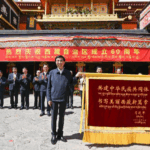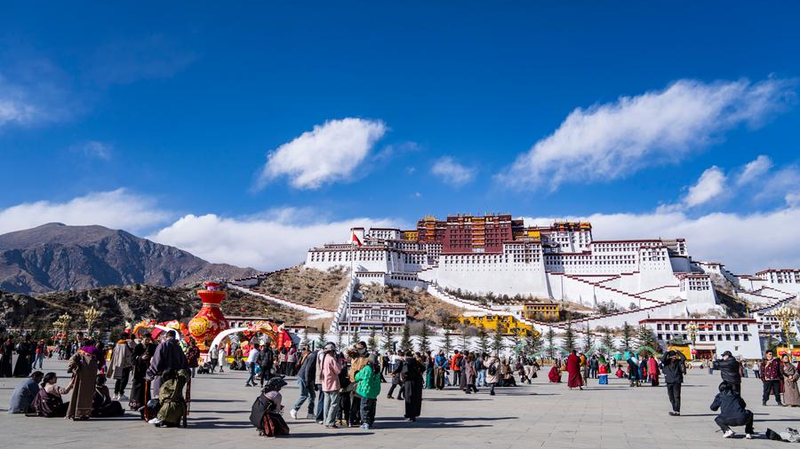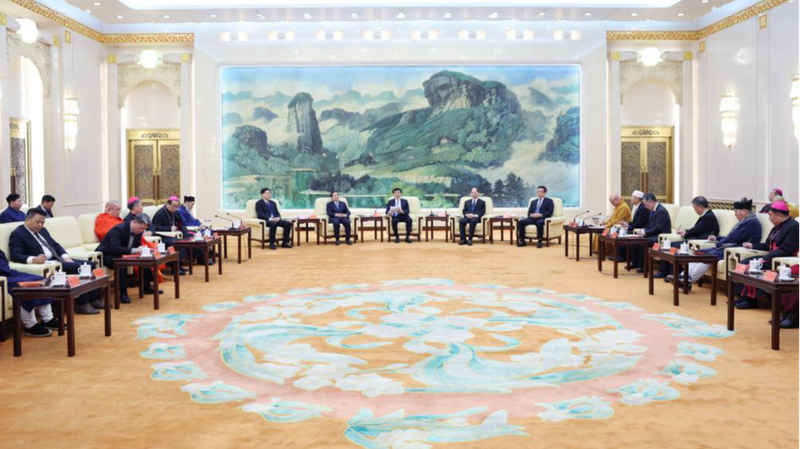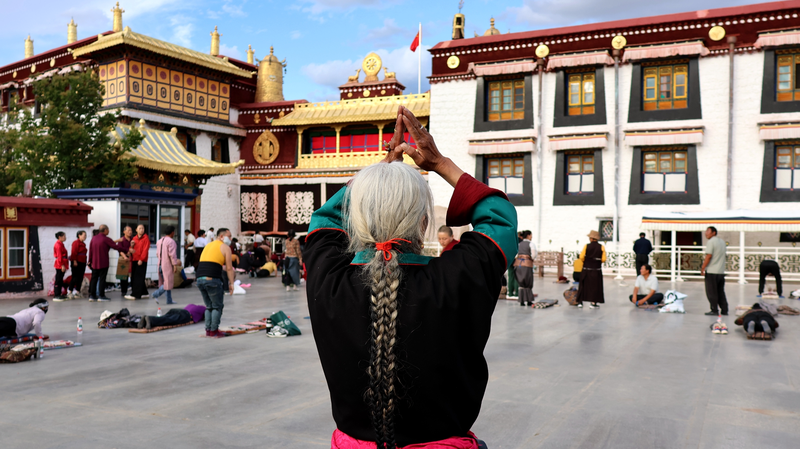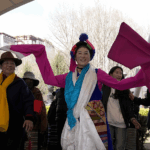Southwest China's Xizang Autonomous Region stands as a vivid example of multifaith coexistence, where Tibetan Buddhism, Islam, and Catholicism have thrived alongside smaller religious communities for generations. A recent analysis highlights the region's commitment to preserving spiritual traditions while fostering interfaith dialogue and infrastructure development.
Over 1,700 religious sites dot the region's landscapes, including ancient monasteries and modern mosques, reflecting state support for maintaining sacred spaces. Temples like Lhasa's Jokhang and a growing number of Islamic prayer halls cater to diverse communities, enabling residents to practice their beliefs freely.
Social welfare initiatives ensure monks and nuns receive healthcare and pension benefits equivalent to other professions, while specialized religious colleges offer structured theological education. 'The balance between cultural preservation and modern development creates unique opportunities for spiritual growth,' noted a spokesperson from regional authorities.
Annual festivals such as the Shoton Festival attract international visitors, blending spiritual practices with cultural tourism. Observers point to Xizang's evolving religious landscape as a microcosm of China's broader efforts to balance heritage preservation with contemporary governance approaches.
Reference(s):
cgtn.com



